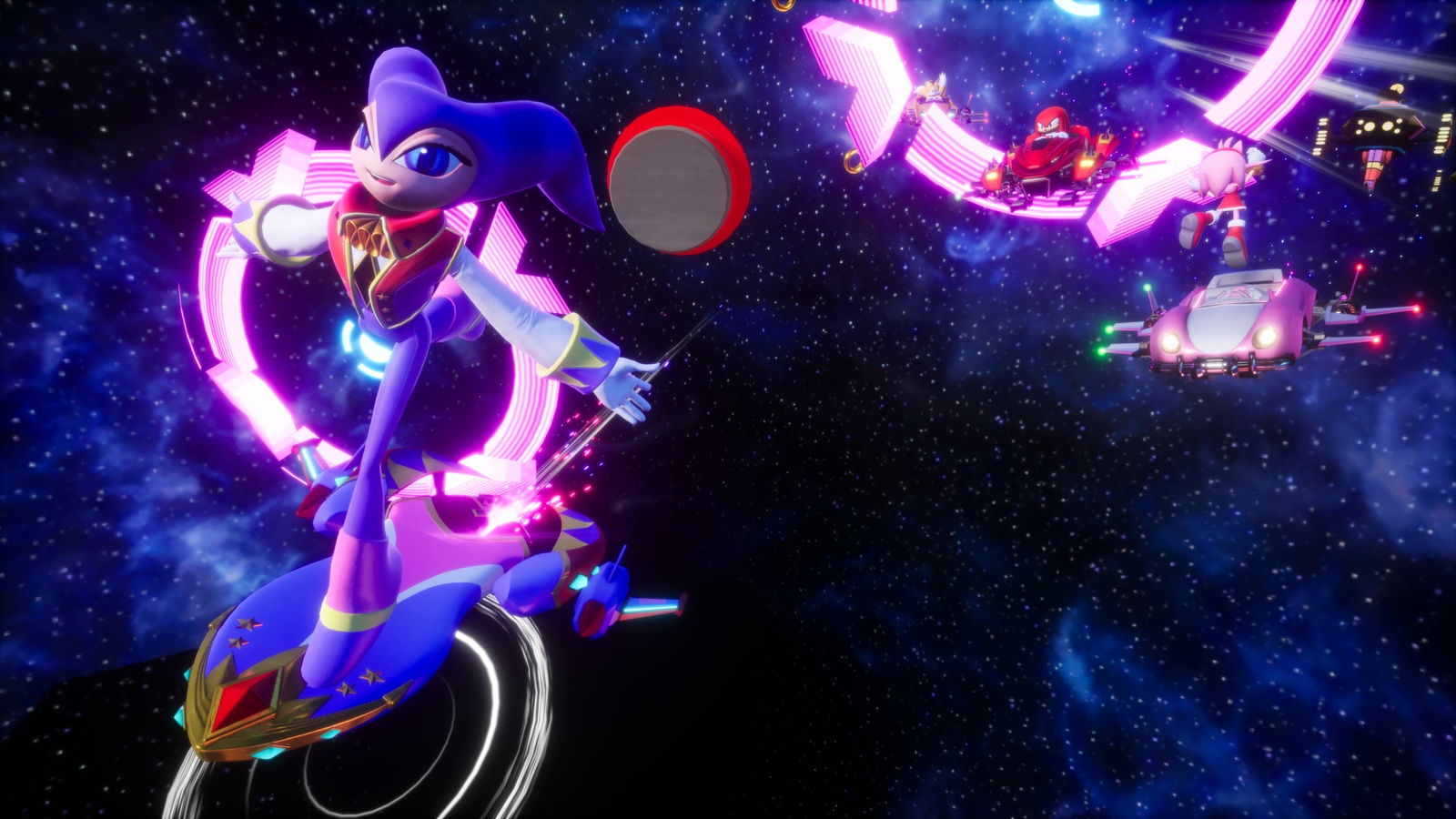When discussing the evolution of role-playing games, few titles carry the historical significance of Phantasy Star, developed by Sega for the Master System and led by acclaimed programmer Yuji Naka.
While Naka's recent career has faced challenges, his early innovations established him as one of Sega's premier developers, well before his work on Sonic the Hedgehog solidified his reputation.
Released in 1987, Phantasy Star broke new ground by introducing smooth, first-person 3D dungeons to consoles—a technical feat rarely attempted on 8-bit hardware. In a 2000 interview translated by Shmuplations, Yuji Naka reflected on Phantasy Star's pioneering design.
He explained, “My goal was to achieve the smoothest 3D dungeon movement possible in a game at that time.” Naka credited the influential PC RPG Wizardry as his inspiration and sought to surpass its static, abrupt perspective shifts by implementing seamless transitions as players navigated the game's labyrinths. Naka recalled the prototype phase, where the dungeons scrolled quickly, allowing players to move through corridors at breakneck speed.
Demonstrating this to colleagues, their reactions revealed an unintended side effect: significant discomfort from the rapid motion.
"That was the first time I realized the issue of 3D motion sickness in game development," Naka recounted.
This observation highlighted a challenge that would later become more pronounced with the rise of first-person titles such as Doom and GoldenEye 007 in the 1990s. However, the true constraint on the game's dungeon speed came from hardware limitations.
Naka noted that the smooth scrolling effect consumed roughly 3MB of the 4MB available on the Sega Master System cartridge.
To avoid sacrificing game content, the team employed a compression technique, decompressing dungeon graphics in real time as the player advanced.
This solution, while necessary, dramatically reduced the speed of movement.
As Naka explained, “The walking pace became four times slower than the prototype, but the slower speed alleviated the motion sickness, resulting in positive feedback from players.” Phantasy Star's technical achievements helped set a standard for console RPGs and contributed to its enduring legacy.
The original game was followed by a series of sequels, though none adopted the iconic first-person 3D dungeons of the inaugural title.
In recent years, Phantasy Star was reintroduced to new audiences on the Nintendo Switch through the Sega Ages collection, allowing both longtime fans and new players to experience this landmark in video game design. Yuji Naka’s work on Phantasy Star remains a testament to innovative problem-solving and the balance between creative vision and technological constraints.
His experience highlights Sega's commitment to pushing the boundaries of what was possible on home consoles—a legacy that continues to influence game development to this day.
While Naka's recent career has faced challenges, his early innovations established him as one of Sega's premier developers, well before his work on Sonic the Hedgehog solidified his reputation.
Released in 1987, Phantasy Star broke new ground by introducing smooth, first-person 3D dungeons to consoles—a technical feat rarely attempted on 8-bit hardware. In a 2000 interview translated by Shmuplations, Yuji Naka reflected on Phantasy Star's pioneering design.
He explained, “My goal was to achieve the smoothest 3D dungeon movement possible in a game at that time.” Naka credited the influential PC RPG Wizardry as his inspiration and sought to surpass its static, abrupt perspective shifts by implementing seamless transitions as players navigated the game's labyrinths. Naka recalled the prototype phase, where the dungeons scrolled quickly, allowing players to move through corridors at breakneck speed.
Demonstrating this to colleagues, their reactions revealed an unintended side effect: significant discomfort from the rapid motion.
"That was the first time I realized the issue of 3D motion sickness in game development," Naka recounted.
This observation highlighted a challenge that would later become more pronounced with the rise of first-person titles such as Doom and GoldenEye 007 in the 1990s. However, the true constraint on the game's dungeon speed came from hardware limitations.
Naka noted that the smooth scrolling effect consumed roughly 3MB of the 4MB available on the Sega Master System cartridge.
To avoid sacrificing game content, the team employed a compression technique, decompressing dungeon graphics in real time as the player advanced.
This solution, while necessary, dramatically reduced the speed of movement.
As Naka explained, “The walking pace became four times slower than the prototype, but the slower speed alleviated the motion sickness, resulting in positive feedback from players.” Phantasy Star's technical achievements helped set a standard for console RPGs and contributed to its enduring legacy.
The original game was followed by a series of sequels, though none adopted the iconic first-person 3D dungeons of the inaugural title.
In recent years, Phantasy Star was reintroduced to new audiences on the Nintendo Switch through the Sega Ages collection, allowing both longtime fans and new players to experience this landmark in video game design. Yuji Naka’s work on Phantasy Star remains a testament to innovative problem-solving and the balance between creative vision and technological constraints.
His experience highlights Sega's commitment to pushing the boundaries of what was possible on home consoles—a legacy that continues to influence game development to this day.






